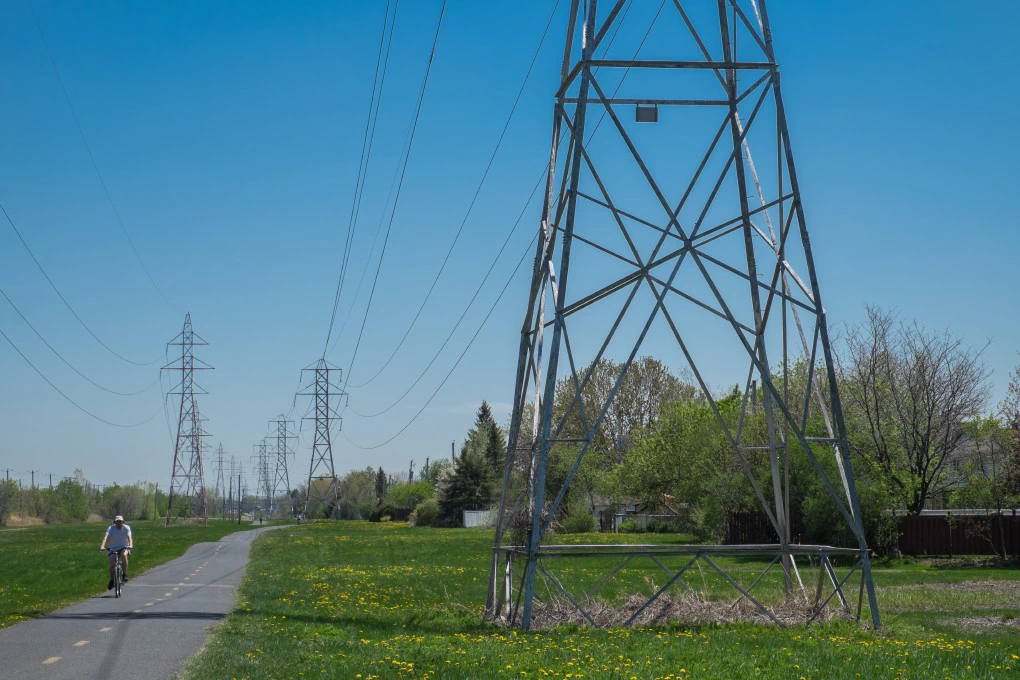
‘When we take actions together it has a big impact’ – how flexible power could benefit people and planet
James Lester tells Alex King about why he took part in our pilot scheme PowerShaper Flex and his experience so far. Plus …

Our energy system is transforming rapidly. As we move away from fossil fuels, our lives are becoming more and more electrified: individuals and communities are replacing petrol and diesel cars with electric vehicles, swapping gas boilers for heat pumps, and installing domestic-scale battery storage.
As a result, the electricity grid is under increasing pressure, with demand for electricity set to jump by 50% by 2050.
One solution to accommodate this strain is to be more flexible in how, when and where we generate and consume electricity.
Grid operators, who are responsible for ensuring the electricity grid runs smoothly, have two options to balance fluctuating supply and demand. Firstly, they can increase supply via the use of standby generators, but these tend to be less efficient and more polluting sources of power.
The second option is to lower the demand. Currently this is done via pre-existing agreements with large industrial consumers (or aggregators overseeing several industrial or business sites) to switch-off large loads automatically.
For the grid to be able to decarbonise further, it will need to be able to handle increases in demand by means other than increasing the energy supply — which is where households and domestic demand side response come into play.
As new electrical technologies start to become more commonplace, now is the time to ask - how can individuals contribute to a greener future of energy? Empowering families, communities, tenants, small businesses, homeowners, to play a role in the movement towards greener energy can be realised through contributing to grid flexibility at a domestic scale.

By responding to requests which turn appliances on and off at specific times in specific locations, individuals can become ‘flexibility providers’ - easing demand on the grid at peak times, and enabling the network operator to manage local capacity. This is called ‘explicit demand side response’, and well-managed demand means less fall-back onto fossil fuel sources, aiding the switchover from fossil fuels to greener energy.
Home energy management systems (HEMS) are key to contributing towards grid flexibility. They enable commands to be sent to and from devices automatically, meaning individuals do not need to manually switch things off and on.
HEMS tools can also provide the means to create a ‘Smart Home’, allowing households with larger loads from EVs, batteries and heat pumps, to automate when these electricity-hungry devices charge. Known as ‘implicit demand side response’, the commands for switching off and on are set by individuals in response to predetermined triggers such as cheaper tariff rates, solar production, or simply time of day. This can mean cheaper bills, as well as reducing peak-time demand on the grid.
Fascinated by this and want to find out more? Join a growing community of early adopters – sign up for updates on our Powershaper Flex pilot today.

James Lester tells Alex King about why he took part in our pilot scheme PowerShaper Flex and his experience so far. Plus …

Jonathan Atkinson of Carbon Co-op peers into some of the complexities we face in the transition to low carbon homes This …